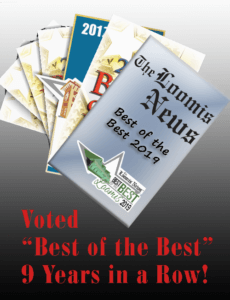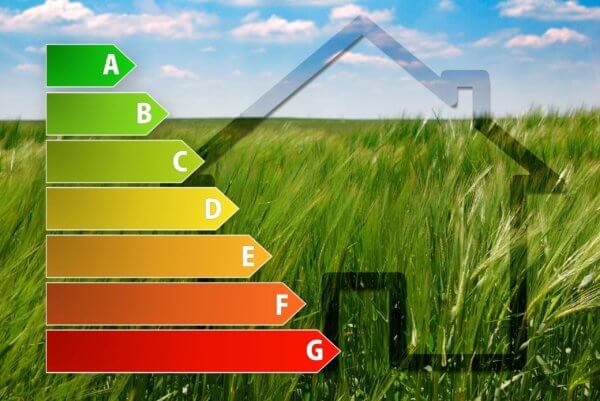How to Know When Furnace Repairs Are Worth the Cost
Furnaces can experience a variety of different issues that can impact how well they heat and how much energy they use. There are also some issues that can prevent your furnace from producing any heat or cause it to not run at all. If your furnace is experiencing any of these problems, the first thing you’ll want to do is determine whether it makes more sense to repair the defect or replace your heating system. Many furnace repairs are fairly simple and inexpensive, but some major repairs can cost almost as much as buying a new unit. With that in mind, here is everything you need to know to help you determine when repairs are worth it or when you’re better off going with furnace replacement.
Furnace Age and Condition
The age and condition of your current furnace are generally the most important things to consider when deciding between repair and replacement. Furnaces will typically last for somewhere around 15 to 20 years. With annual maintenance, you may be able to get as much as 25 to 30 years out of the unit, especially in warmer climates like California where the furnace will get much less annual use.
That being said, it still usually doesn’t make sense to undertake any major repairs if your furnace is 15 years or older. While repairing the furnace will get it working again, you’re still usually better off to replace the unit instead since there is always a decent chance it will fail once more and need to be replaced within a few years.
If your furnace is still in good condition and working effectively, then you may want to consider repairing it even if it is approaching the end of its lifespan. As long as the repairs won’t cost more than a few hundred dollars, fixing the unit should allow you to put off the high cost of replacing it for at least a few years more.
At Crystal Blue Plumbing, Heating & Air, we occasionally encounter situations where someone in the Sacramento area has been using the same furnace for more than 30 years. In this situation, we generally always recommend replacing the unit instead of repairing it. Older furnaces are extremely inefficient compared to more modern units. If your furnace was installed before 1992 when minimum efficiency standards went into place, it may only be around 70% efficient, whereas most new units will be at least 80% to 90% efficient.
Energy Efficiency and Effectiveness
As furnaces age, their effectiveness and energy efficiency tend to decrease, and this is another thing you’ll want to take into consideration. Annual maintenance can help to prevent this, but there will always come a time when the furnace’s effectiveness and energy efficiency begin to suffer. If you find that your heating costs are continually increasing from year to year and it takes longer for the furnace to heat your home, you are generally well advised to replace it with a new unit that will heat more effectively and use less energy.
Warranty Considerations
Virtually all new furnaces come with a manufacturer’s warranty that covers any necessary repairs due to either a manufacturing defect or a faulty component. The typical warranty is around 10 years, and it will be in force as long as the warranty is registered within 30 to 90 days of the furnace being installed. If the warranty is not registered in time, many manufacturers will only warrant the unit for five years instead. Most furnaces also come with an additional warranty that covers the heat exchanger, and this warranty is often valid for up to 20 years from the date of installation.
If your furnace is still under warranty, it is obviously best to first see whether the warranty will cover the necessary repairs. If a furnace technician determines that the issue is related to a defect or faulty component, then all you will have to pay for is the labor costs and not any replacement parts. Unfortunately, most common furnace issues are instead related to neglect and improper maintenance or general wear and tear, and these issues will generally never be covered under the warranty. That being said, it’s still usually wiser to have the unit repaired since it may still last for another five to 10 years or more.
In addition to the manufacturer’s warranty, more and more homeowners are also choosing to purchase home warranties. These warranties usually cover most of your major appliances and systems, including your HVAC system. The best part about these warranties is that they will cover the cost to repair any issues related to wear and tear, unlike the manufacturer’s warranty. However, they will still not cover the costs if it is determined that the issue was caused by neglect or a lack of maintenance.
Cost of Repair Versus Remaining Lifespan
The best way to determine whether it is worth having your furnace repaired is to compare the cost of the repair to how many more years you expect the equipment to last. This process requires doing a bit of math and breaking down the total cost of the furnace over its expected lifespan.
The average gas furnace costs somewhere around $2,200 and should last for approximately 15 years. Breaking this down, it means that the total cost of the furnace is around $150 a year for every year of its expected life. Let’s say that your furnace is eight years old and needs a repair that is not covered by its warranty. If the repair only costs around $500, it makes sense to do it since the furnace still has close to $1,000 worth of life left. However, if the furnace is 12 years old, then the repair probably wouldn’t be practical.
Why Replacing a Cracked Heat Exchanger Seldom Makes Sense
A cracked heat exchanger is the biggest issue a furnace can face and also the one issue that generally never makes sense to repair. When a furnace runs, the metal heat exchanger always expands slightly due to the high temperature. Once the furnace shuts off, it will then contract again. This process of expansion and contraction causes wear and tear on the heat exchanger and can eventually cause it to crack. Heat exchangers can also crack due to air supply issues or defects that allow too much heat to build up inside the furnace.
If the heat exchanger cracks due to a defect, then the cost of replacing it should be covered by warranty. If it cracks simply due to wear and tear or any other reason, then you will need to pay for replacing it out of pocket. In this case, you are generally always best to buy a new furnace instead of replacing the heat exchanger even if your furnace is only a few years old. The reason is that replacing the heat exchanger usually costs at least $2,000 or more, or close to the same price as a brand-new furnace.
Sacramento’s HVAC Experts
If your furnace is experiencing any issues, the experts at Crystal Blue Plumbing, Heating & Air can help you determine if repair or replacement is the better option. We repair all makes and models of furnaces, and we can also help with installation and replacement. Our team also installs and services air conditioners, boilers, ductless mini-splits, heat pumps, mechanical ventilation systems, thermostats, zone control systems, and a range of indoor air quality equipment for both residential and commercial HVAC systems. Besides that, we can help with any of your plumbing needs. To schedule a furnace inspection or any other HVAC or plumbing service, give us a call today.








